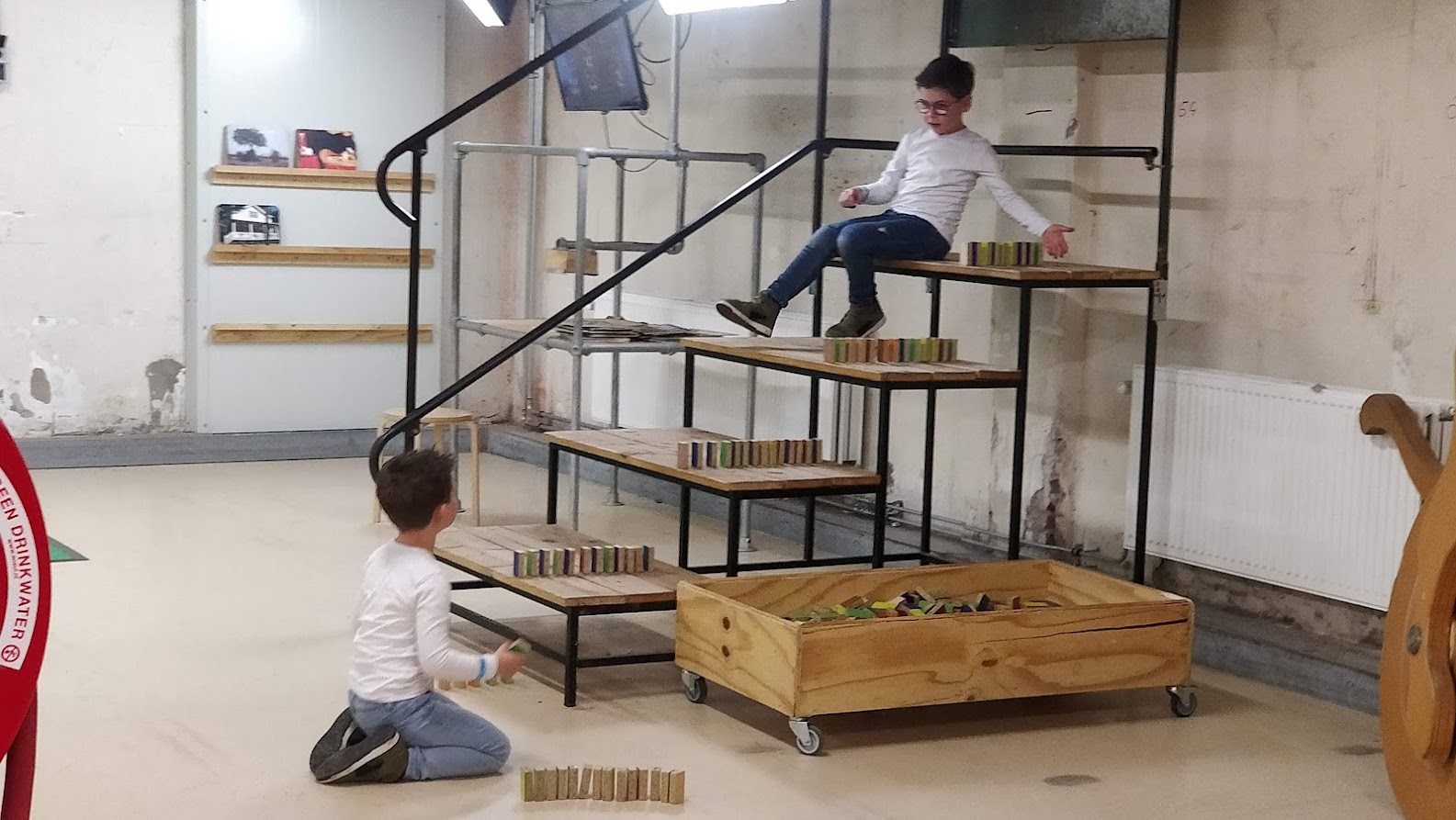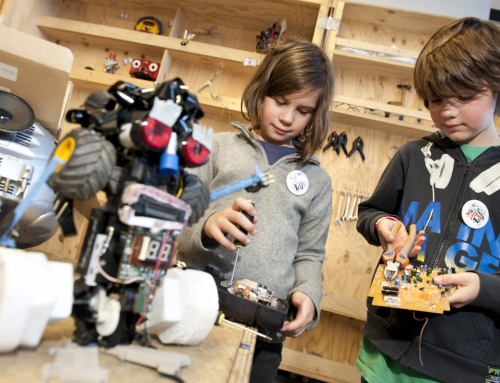At the study Social Innovation, we students learn a lot about co-creating with other people. Whether you are designing an interactive experience, guiding a complicated process, or supporting the creation of a new community; people are always at the centre of the projects at Performatory. However, of these groups of people, one group is almost never brought up, included, or interacted with. They are the leaders of tomorrow and the workforce of the future. Of course, I’m talking about the children.
Children can be invaluable assets to a social innovator. They are often honest, both in their words and in their actions. Moreover, they are endlessly creative. When looking at design thinking used when designing experiences for example, children are perfect for the ideating phase where you need to come up with as many ideas as possible to tackle a challenge. Adults often need tools and methods to get themselves out of their comfort zone and think of ideas that are outside of the box. Children on the other hand, can come up with the wildest and most creative ideas on the fly. Although these ideas might not be feasible or completely relevant to the subject at hand, they provide an excellent point of view that is essential in a design process.
I would like to give an example of this using a situation that occurred during my project at the experience centre De Uitvindfabriek, on which you can find more information in my previous blog. At the time, I was looking for a way for children to learn how to collaborate more with each other. I was stuck in my own head and could not think of a method that could help achieve this. Suddenly, I saw two children talking with each other and arranging some blocks on a staircase that would result in a domino chain reaction. These blocks were currently not used for anything; however the children found a use for them together. While I was searching for a method to teach children how to collaborate, these two kids unconsciously found a way to teach themselves. As a result of this, I relocated the blocks to a different area so that they could be used together with a chain reaction machine, a device at which children need to collaborate to move the machine and the blocks. Without the example that the children came up with, I would not have come up with such creative solution.

Picture 1: Children Creating a Domino
Now before you grab the nearest kid you can find and ask them all kinds of questions and include them within your design processes, allow me to give a word of warning. When asking children questions, always avoid closed-ended questions. Unlike adults, who can understand the intention behind the question asked, children will do exactly as you say and will respond with either yes or no and then stop talking. Moreover, when you are asking closed-ended questions, you come up with the conversational material, and the narrative that develops from that is based on your viewpoint rather than that of the child. Finally, with closed-ended questions, the child might just respond yes or no because there are expected to. There is a chance that they did not understand a part of the question, so the quality of the information you can extract from their answer given can suffer as a result (Lyon, 2014).
However, don’t let that stop you from involving those little buggers! They can provide fantastic and unique perspectives. Although they are at times unruly and have difficulty understanding the complexity of some situations, with a little guidance they can be essential contributors in any design process. Let’s start building the future today with the ones that are going to live in it tomorrow.
References
Lyon, T. D. (2014, May 20). Interviewing Children. University of Southern California Law. Retrieved October 9, 2022, from https://casala.org/wp-content/uploads/2016/10/Interviewing-Children-Handout.pdf





